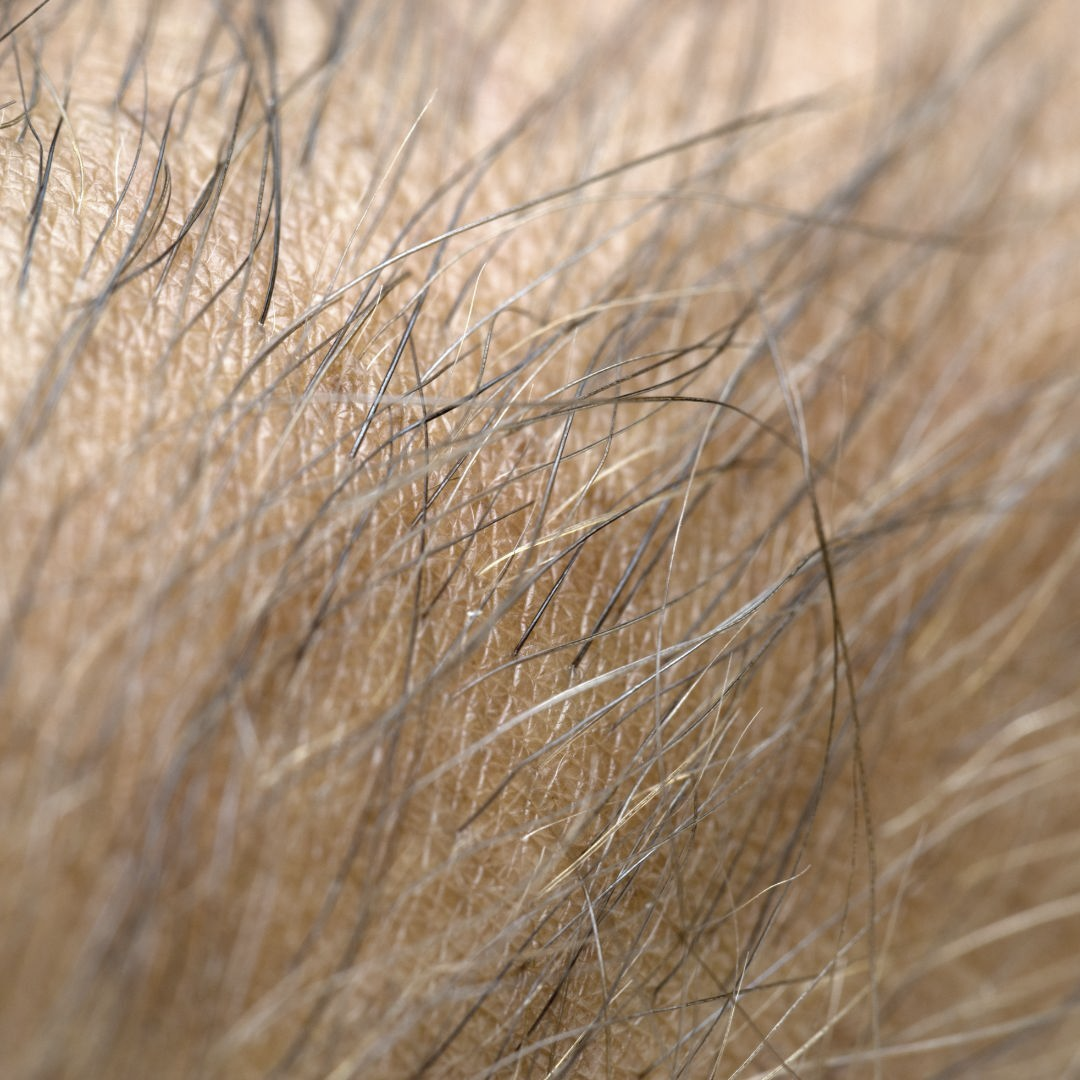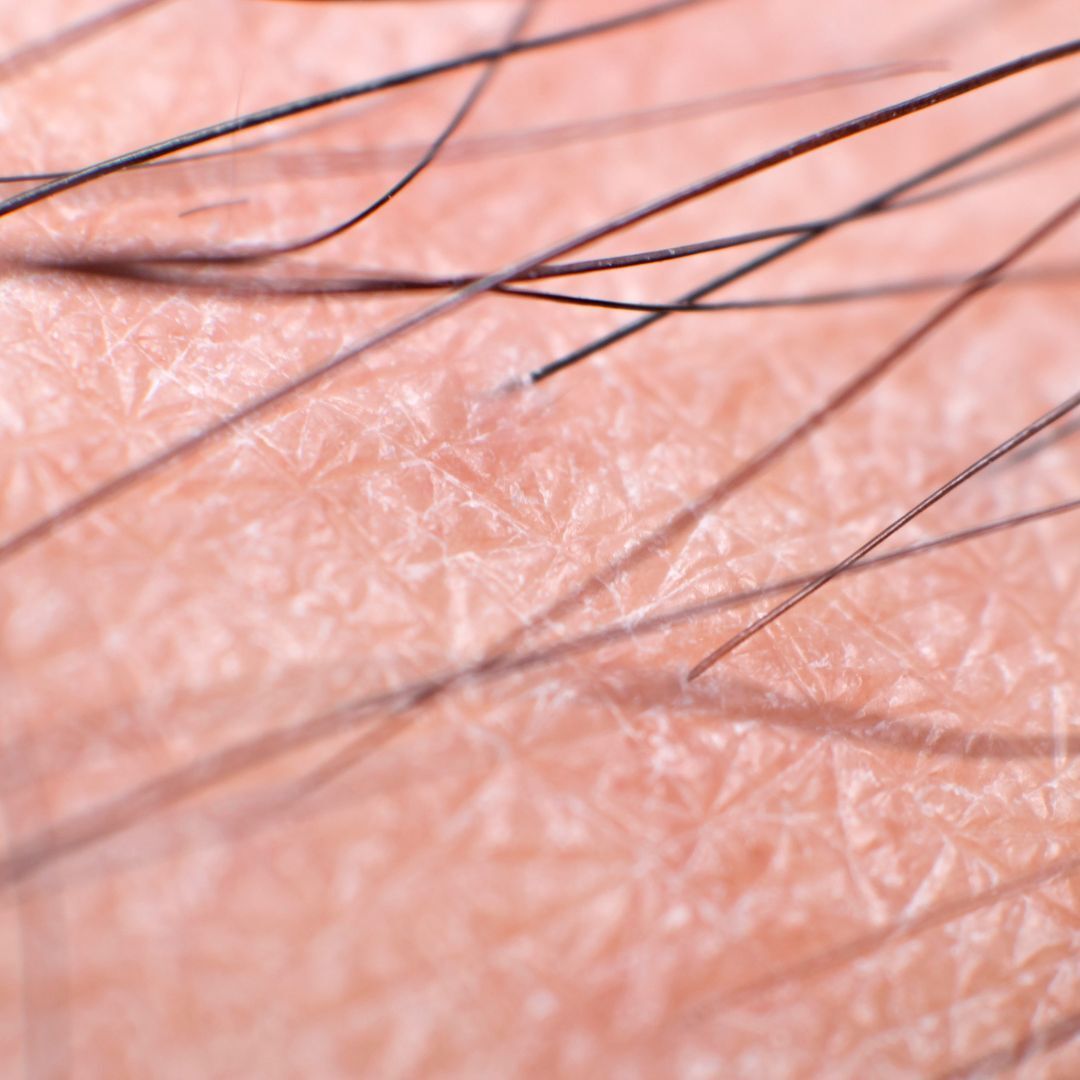Hair,
Body hair, hair growth and hair removal
Everyone has body hair. However, how strong the hair growth on the body is,
that depends on several factors, such as: age, gender or
genetic predisposition.
The length of the life cycle and how fast hair grows varies from part of the body to part of the body. For example, head hair grows around 2.5 millimeters per week and has a life cycle of around seven years. In comparison, the hair on the eyebrow only grows about 1.1 millimeters per week and only has a life cycle of a few months. The hair life cycle is divided into three phases:










